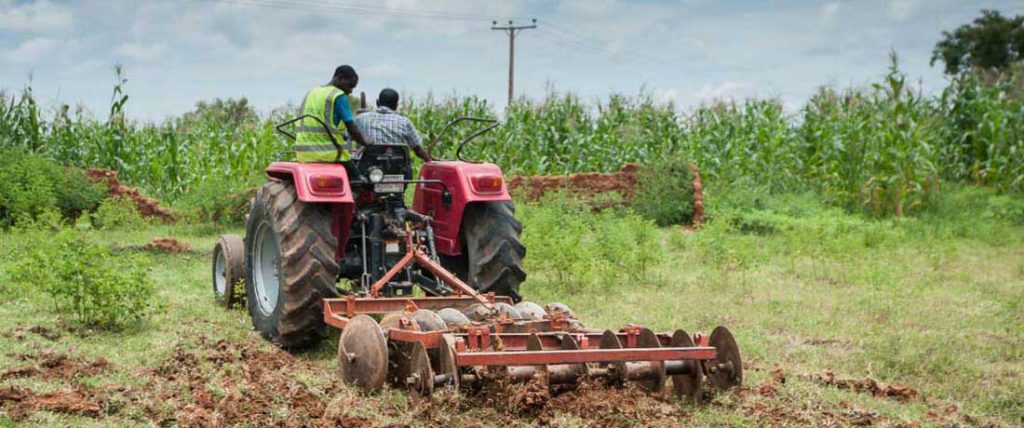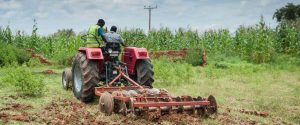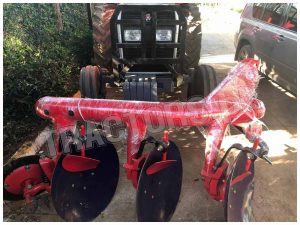Organic farming is a complete process of naturally growing, composting, fertilizing, and harvesting yield crops for farmers with storage, processing, packaging, and shipping. It is a healthy alternative in farming without the use of synthetic fertilizers and helps maintains soil fertility by properly rotating crops to mix the maximum amount of nutrients into the soil for a delicious food diet. Moreover, it also helps control weeds, pesticides, and diseases by using animal livestock husbandry techniques. It provides a complete procedure of natural farming which involves vermicompost soil which means the breakdown of vegetables and food waste. Green leaf manure is ideal for softening and fertilizing soil for good soil cultivation. It is included with green leaves, grass clipping, and mulch. It helps improve soil structure and also increases water holding capacity with an east reduction of weeds and pests. Soil Management is a process of managing and protecting the long-term fertility of soils by maintaining organic matter levels, encouraging soil biological activity, and careful mechanical intervention. The following methods are used for organic farming:
Crop Rotation
Crop Rotation is the process of rotating and systematically planting of crops in an arranged order to help maintain nutrients in the soil. It also helps reduces soil erosion and prevents plant diseases and pests. It provides proper row by row root seed planting with improved soil structure and fertility for growing and harvesting all kinds of food crops.
Soil Composting
Soil Composing is an essential part of organic farming and a key ingredient for healthy organic soil. It is a process of decomposition and recycling of waste food particles for the purpose of soil enhancement by boosting nutrient value into the soil for excellent fertility.
Mulching
Mulching is a covering layer on the surface of the soil to help conserve soil moisture, reduce weed growth, and improve the fertile health of the soil. Some of the essential mulching materials are weeds, crop residues, grass, cutting from hedges, and waste from agriculture processing.
Bio Fertilizer
Bio Fertilizer is an eco-friendly process of agro fertilization which is beneficial for organic farming as it contains dormant cells of microorganism means of fixing the availability of nutrients in the soil and causing improvement infertility of the soil. It also maintains the natural habitat of soil by increasing yield crop by 20 percent and stimulates plant growth. Moreover, it can also help provide prevention against droughts and soil-borne diseases.


